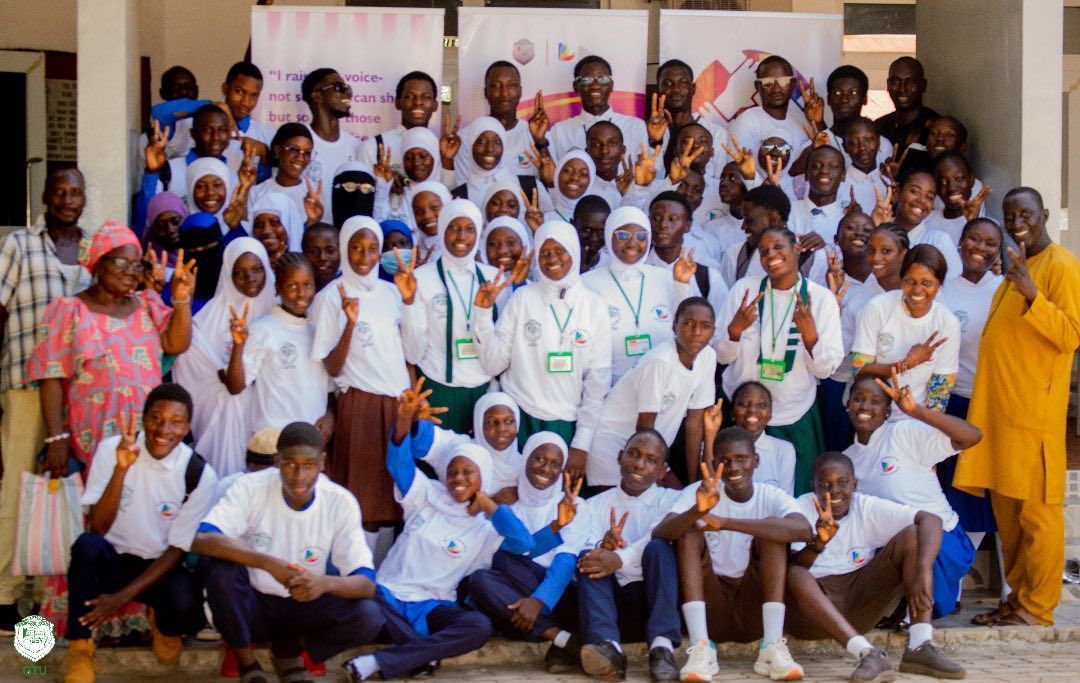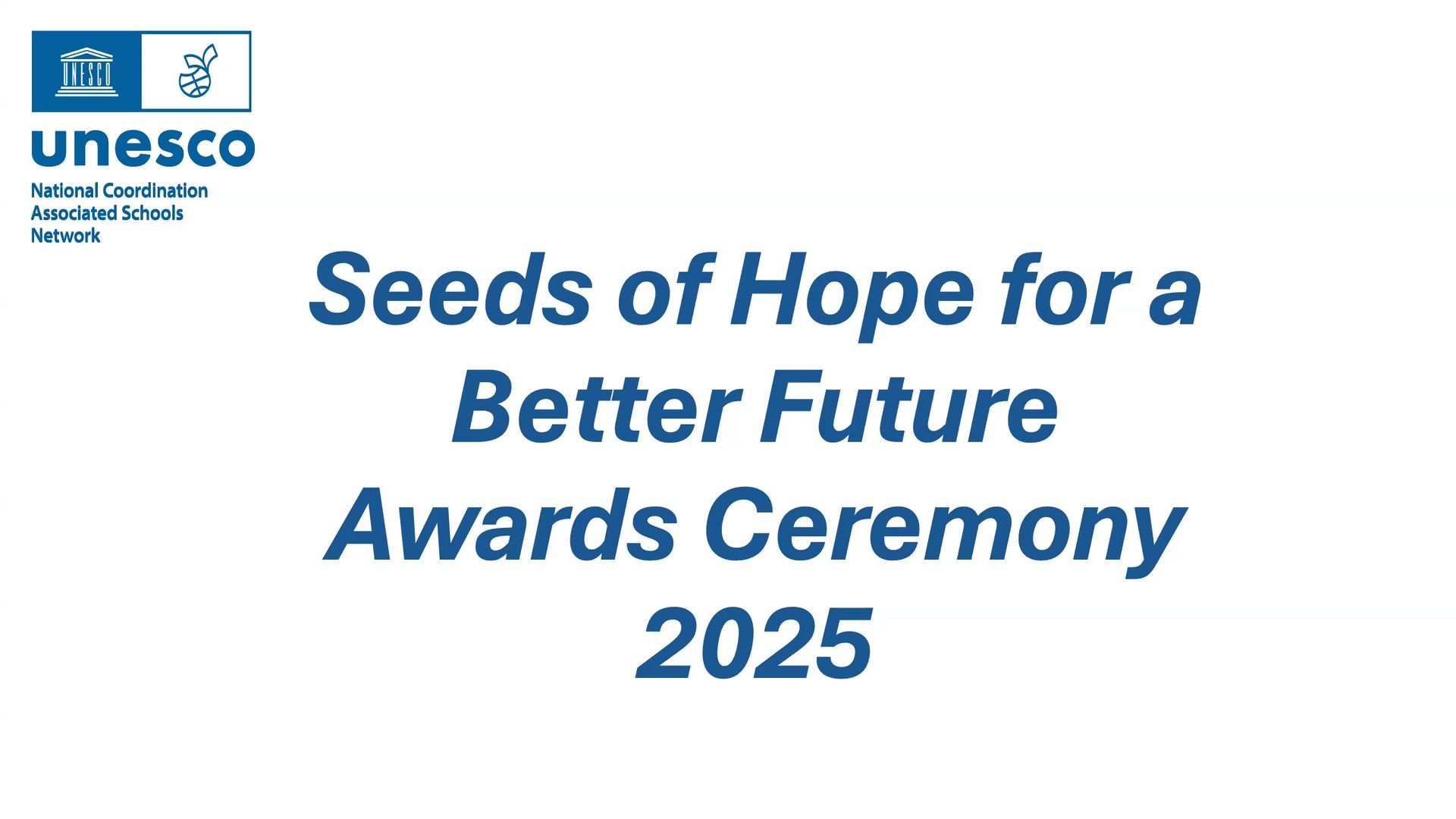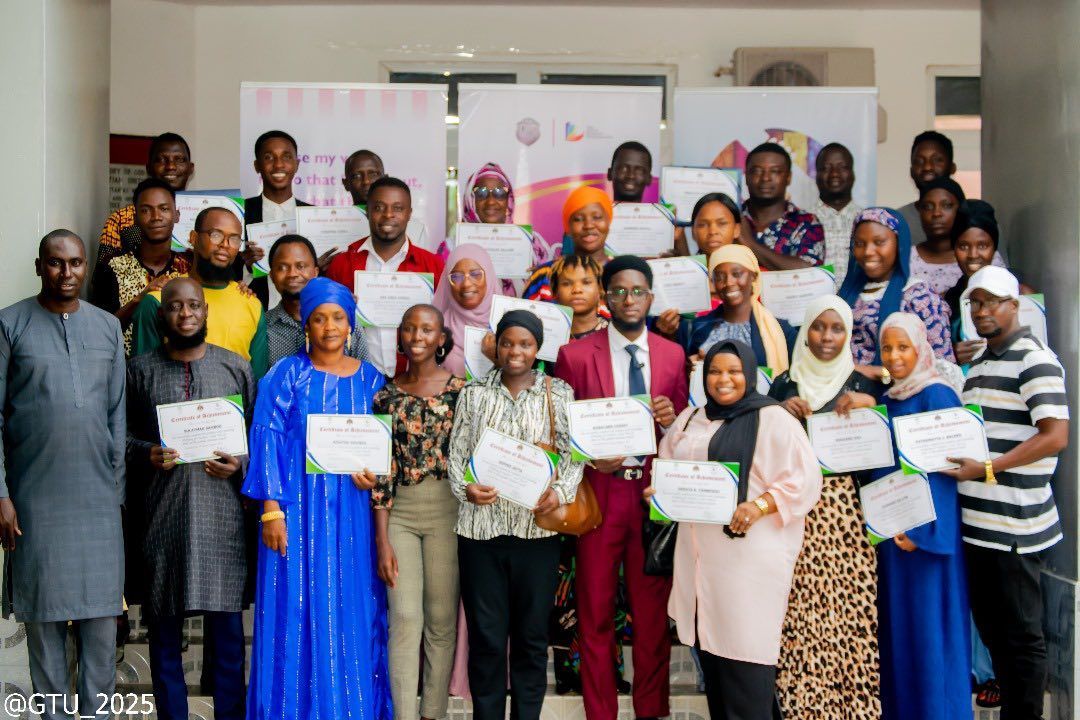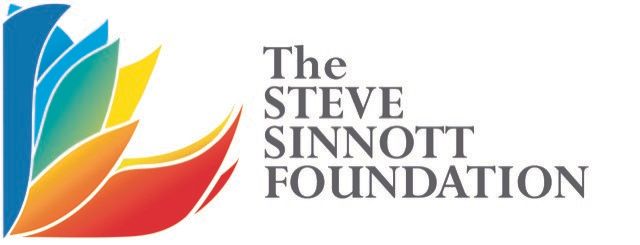Education is every child’s number one priority; It should be ours as well
At the dawn of a new decade, we have just 10 years left to achieve the Agenda 2030. Yet millions of children around the world are not learning what they need to contribute to a more peaceful, prosperous and sustainable world. Unless we make transforming education systems our number one priority, we will be 80 years too late to achieve this goal.
In November 2019, I met a group of young South Sudanese refugees in a school on the outskirts of Kampala, Uganda. Haltingly, they told me about their experiences fleeing their homes and seeking refuge in a foreign place. When I asked them how they felt about being able to go to school again, though, their eyes brightened and out tumbled their hopes and dreams. Like millions of children and young people around the world, education is their number one priority for the future.
It would be easy to assume that education is our global priority, as well. After all, it is a country’s greatest investment in the future. Education has a ripple effect on almost every aspect of development. An educated population is healthier, more productive, more peaceful, and more capable of tackling the great challenges facing our planet, including climate change. This effect is particularly powerful when we educate girls. If every girl in the world received 12 years of education, infant mortality would be cut in half, and the global economy would rise by as much as US $30 trillion. In our interconnected world, these benefits know no borders or boundaries. Education is the cornerstone of a better future for us all.
So it’s alarming that today, 260 million children are still not in school. It’s even more alarming that millions of children who are in school are not learning. More than half the world’s children are unable to read and understand a simple story by age 10. If we continue with business as usual, half the next generation won’t have the skills they need to harness the opportunities of the 21st century. In fact, at current rates of progress, it will be 2111 – well into the 22nd century – by the time the poorest girls in the world can expect to complete 10 years of basic schooling. That’s 80 years after the deadline to meet the Sustainable Development Goals expires.
We urgently need to recognise and prioritise the global learning crisis, and mobilise the resources and political will to get education back on track. Yet education is all but invisible on the world stage. Aid spending on education has been stagnant for nearly a decade, despite a global funding gap of $39 billion. Clearly, that must change.
However, it’s not just a case of investing more money, when business as usual is not working. That’s why the Global Partnership for Education (GPE) supports governments to transform education at systems level, where the impact of change can reach all children.
We are uniquely placed to do this. As a partnership, we mobilize global expertise to identify solutions at country-level, tackle challenges holistically and reduce fragmentation. As a fund, we channel investments to where they will have a catalytic effect to improve learning – be it investing in teacher training, creating conditions for girls to get to and stay in school, distributing textbooks, or modernizing data to drive evidence-based decisions.
Our unique approach gets results. In our partner countries, 77 million more children are in school today than when we began in 2002, including 41 million girls. Our success demonstrates what we all know to be true: that only by working in partnership can we tackle the challenge ahead.
With the clock ticking for millions of children around the world, we need to stop investing in business as usual. GPE has long counted on the UK as a champion for global education, particularly for educating girls. Now more than ever, we need such leadership to make transforming education systems our number one priority for 2030. Millions of children cannot afford to wait an additional 80 years, and neither can we.
Article from Engage Issue 20.
BY ALICE ALBRIGHT CEO OF THE GLOBAL PARTNERSHIP FOR EDUCATION. • June 17, 2021

In our continued commitment to ensuring quality and inclusive education for every child, we’ve taken our advocacy to a new level by empowering the next generation to lead the conversation. In partnership with The Gambia Teachers Union, we recently convened the Foundation’s Young Ambassadors for a vibrant day of engagement dedicated to promoting the right to education for all. The event brought together passionate students from selected senior secondary schools across Region One, including St. John’s School for the Deaf, to explore what it truly means to make education inclusive, equitable, and accessible to every learner.

The Steve Sinnott Foundation is proud to celebrate the inspirational winners of the 2025 Seeds of Hope for a Better Future competition, a global initiative supported by UNESCO that brings together creativity, community, and a shared commitment to peace and sustainability. This unique project invited schools across the world from nursery and primary through to secondary and high school to explore the values of peace, cultural understanding, and care for the planet. In the face of climate change, young people were asked to tell their stories through art, performance, and digital creativity, highlighting how small seeds of action can grow into powerful movements for hope. The results have been extraordinary. Schools in France, the UK, Gambia, Haiti, and Kenya have been recognised for their outstanding contributions, with projects ranging from community gardens and sculptures to dance performances and illustrated stories. Each winner has shown how young voices and imagination can nurture peace and sustainability in ways that inspire us all. The full Awards Ceremony can be watched linked here: S eeds of Hope For A Better Future Awards Ceremony 2025 Highlights from the Winners Oak View Primary and Nursery School (UK) created Faces of Feeling, a collection of joyful sculptures already exhibited in a local gallery. Judges praised their work as supporting the wellbeing of others and embodying the idea of children as true “Seeds of Hope.” St Joseph’s Senior Secondary School (Gambia) painted Campaign for a Sustainable Banjul , reflecting real-world climate action in their city. The judges described it as “a most deserving and robust winner.” In France , the Jardin d'Enfants des Nations Unies (United Nations Nursery School) won hearts with Wind of Peace , where 5-6 year olds combined drawings, paintings, and tree planting to champion reforestation. Lyng Hall Secondary School, Coventry (UK) collaborated with Henley Green Primary and the UK Literacy Association to produce The Heart Shaped Hole – an innovative and metaphorical take on Seeds of Hope. Earlsdon Primary School, Coventry (UK) impressed with Primary Plot , a project that included gardening with the visually impaired, reflecting inclusivity and sustainability. A remarkable cross-collaboration between 21 schools across West Yorkshire, Essex, and Tower Hamlets (UK) resulted in Lights, Camera, Score , an ambitious combination of animation, music, and storytelling. CIMA Community School of Hope, Haiti shared Konbit - a video of dance and solidarity, inspiring villages to work together for peace and dignity. Daraja Academy, Kenya presented an ambitious and optimistic project integrating sustainability into everyday school life. Celebrating Creativity and Peace This year’s competition was judged by an impressive panel of artists, writers, and cultural leaders including Sir Antony Gormley, Edmund de Waal, Dame Liz Forgan, Hugh Quarshie, and Rathna Ramanathan. Their collective expertise highlighted the quality and depth of the entries, each of which showed how art can be a powerful tool for global understanding and change. The Seeds of Hope initiative is part of UNESCO UK’s Arts and Culture for Peace programme, first launched in 2022. It has grown from earlier collaborations such as the Coventry Young Ambassadors’ Islands of Peace Japanese Garden , opened in 2021 a living reminder that seeds planted in communities can continue to flourish. Highlights from the ceremony can be found here at this playlist Looking Ahead As Ann Beatty, UNESCO ASPnet UK National Coordinator , shared: “The quality of entries was extraordinary. We are delighted at the response to this amazing initiative in collaboration with our international partners.” And in the words of judge Jannette Cheong : “Young people around the world understand well the value of peace and tolerant relationships between cultures. Their creativity is an inspiration to all of us.” At The Steve Sinnott Foundation, we believe that education is the seed from which hope grows. The Seeds of Hope competition is a shining example of how young people through creativity, compassion, and collaboration are already shaping a more peaceful and sustainable future. You can access the full online awards presentation here: Seeds of Hope For A Better Future Awards Ceremony 2025

The journey to strengthen the well-being and success of learners in The Gambia continues with a renewed commitment to guidance and counselling in schools. By August 14th 2025, we have successfully trained 140 educators across 𝐑𝐞𝐠𝐢𝐨𝐧𝐬 𝟏, 𝟐, 𝟑 & 𝟒 under our Guidance & Counselling Programme. A programme designed to equip educators with the skills to support students’ academic, social, and emotional development. Region 3 Teachers Complete Level 2 Training On Wednesday, 6th August, thirty teachers from Region 3 (North Bank Region) began a three-day Level 2 Guidance and Counselling training at the Christian Council in Kanifing. This programme built on their earlier Level 1 training in Farafenni, with a focus on deepening their capacity to serve as school-based counsellors. The training concluded with a certificate presentation ceremony, recognising the teachers’ commitment and marking an important step in their professional development. These certificates symbolize more than an achievement; they represent each teacher’s readiness to provide psychosocial support, guidance, and mentorship to learners across their schools.

